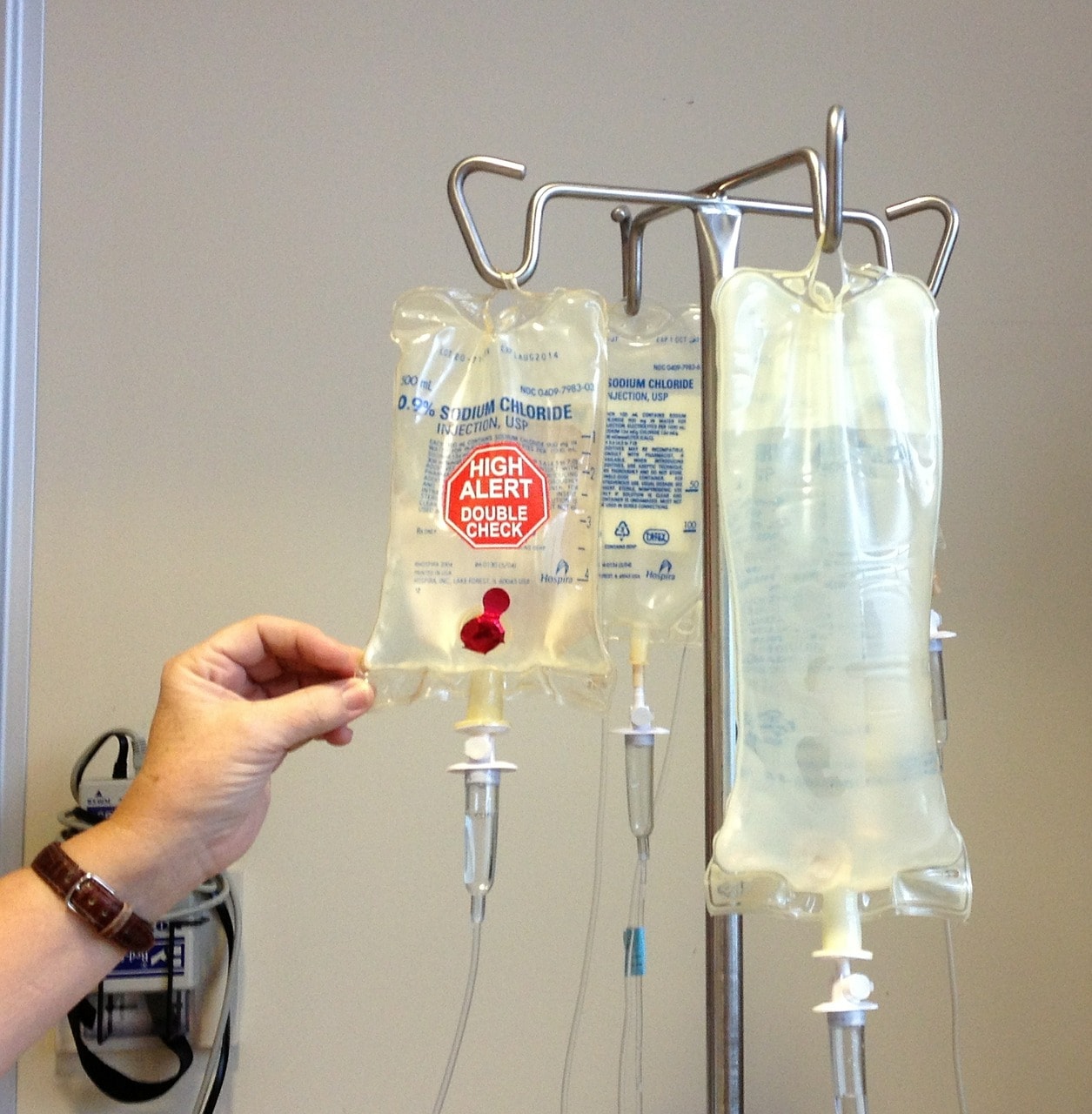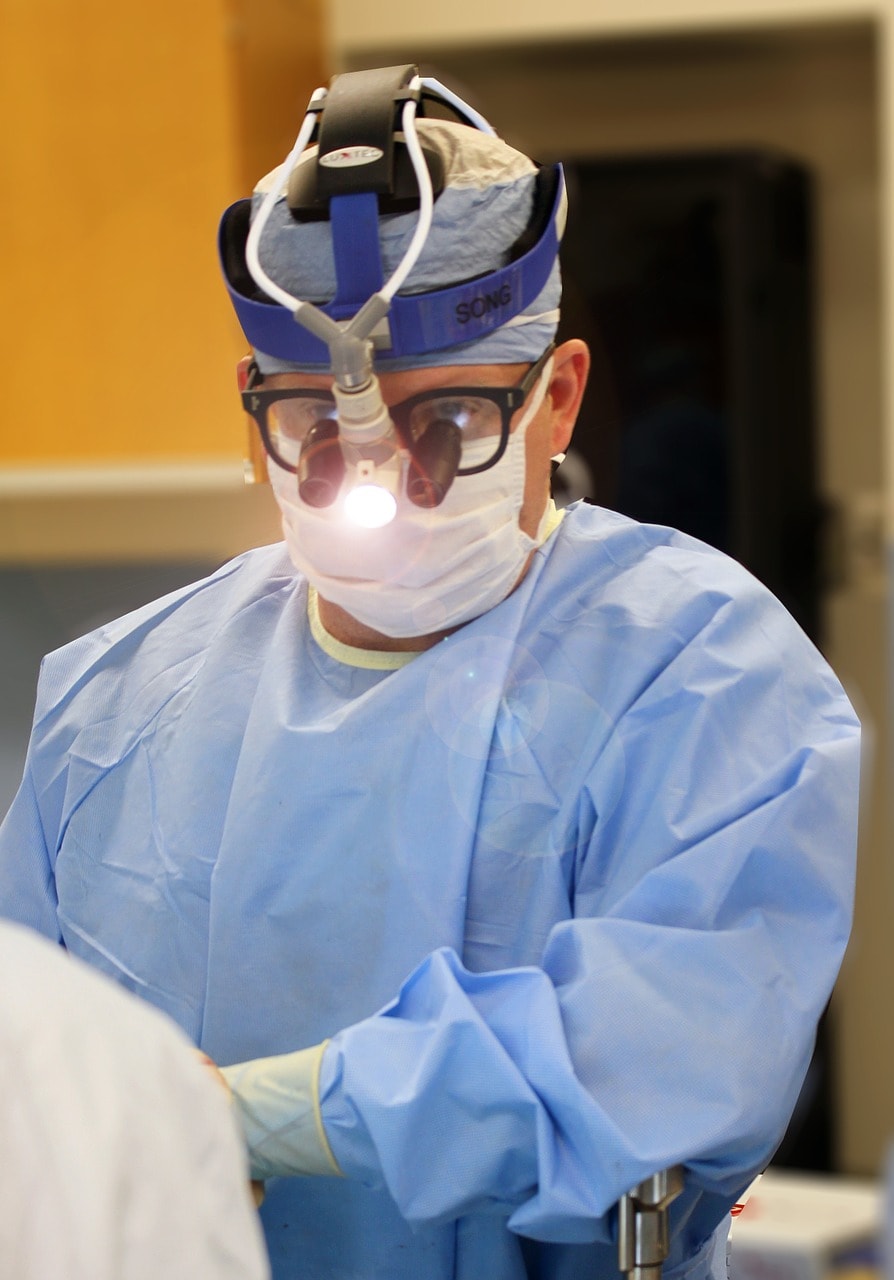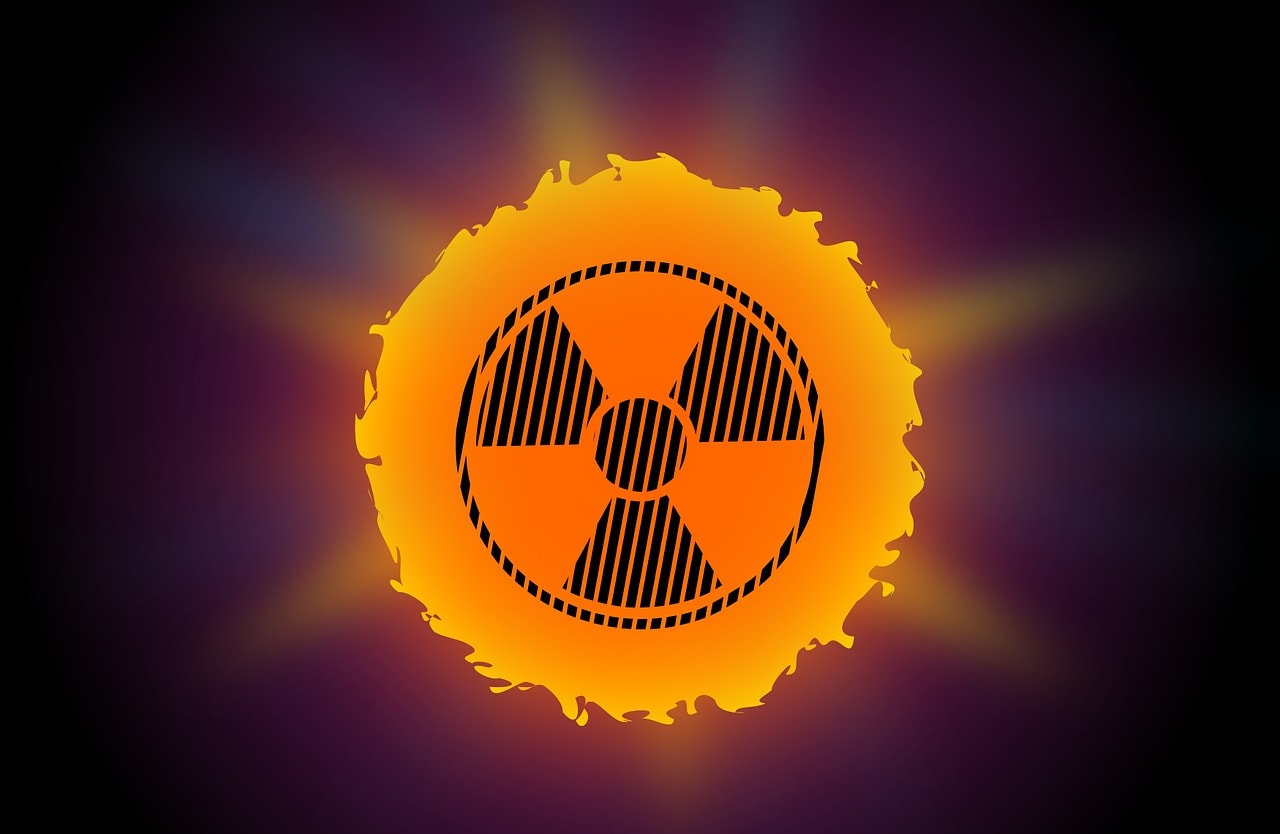Introduction:
There are so many new cancer treatment options on the news every day. Each with its own hype and hope. It is easy to lose track! There are also so many misconceptions. People ask me all the time: Why do I need surgery, what is chemotherapy? Is it true that radiation does this and that?
To make this topic simple (but not too simple), I decided to write about the cancer treatment options. This is part I that will summarize chemotherapy, surgery and radiation therapy. In part II, we will talk about stem cell therapy, targeted therapies and immunotherapy.
But first, let us start with some statistics. Cancer is the second most common cause of death in the US, contributing to nearly 25% of all mortalities, according to the American Cancer Society. 1.6 million people are diagnosed with some form of cancer each year. Fortunately, the available cancer treatments options are continuing to improve. From 2003 to 2012, cancer death rates decreased by 1.4 percent per year for women and 1.8 percent per year for men. This decrease in mortality is driven by improvements in the types of treatment offered and the ability to target specific cancer treatment options to the type of cancer that will benefit most.
Over the past few years, there has been a growing push in the health care industry for doctors to provide personalized medicine to patients. As a result, the type of cancer care your doctors recommend depends on several factors, including the disease type, stage, and tumor size. Your doctors may also request laboratory tests to identify genetic characteristics, hormone receptor status, or metastasis risk for your particular type of cancer. The most common treatment modalities include chemotherapy, surgery, radiation, immunotherapy, hormonal therapy, and stem cell transplant. Each of these cancer treatment types has its own risks and benefits. We will go over each of those options.
Cancer is the second most common cause of death in the US, according to the American Cancer Society Share on X
1. Chemotherapy
a. What is Chemotherapy and How Does It Work?
Chemotherapy refers to chemical substances that are used in the treatment of cancer. It has been widely used for the treatment of cancer since the 1940s. Over time, there has been a tremendous expansion of the types of chemotherapy drugs available. The purpose of chemotherapy is to kill cancer cells, and to do so while sparing as many healthy cells as possible.
Chemotherapy drugs capitalize on properties of cancer cells that set them apart from normal cells. Cancerous tissue contains cells that proliferate much more quickly than healthy cells. These fast-growing cells stay together to form a tumor.
You most probably have forgotten everything about biology, so here is a quick reminder of the painful (but only) things you need to know so that you become an expert on how chemotherapy works:
Cells undergo cell division through a process called mitosis to give birth to two new cells. Mitosis consists of four phases: G1, S (for synthesis), G2, and M (for mitosis) phases. To give enough genetic material for two cells, the cell must grow, make an extra copy of its DNA, and then divide in two. The G1 and G2 phases are growth phases that allow the cell to rest and produce new proteins. During the S phase, each strand of DNA in the cell is replicated so that there is a complete second copy of DNA that can be packaged for use in two new cells. The M phase includes the actual process of cell division.
Now that you know the biology, it is easier to understand chemotherapy. Most chemotherapy drugs interrupt the cell cycle in either the S or M phases and as such either prevent the formation of DNA or the splitting of DNA.
There are different types of chemotherapy. For example, alkylating agents, like cyclophosphamide causes physical damage to DNA strands during the S phase, triggering cell death. Taxanes such as docetaxel prevent cells from dividing. Some chemotherapy agents like anthracyclines are independent of the cell cycle and kill cancerous cells via other mechanisms. The type of tumor and speed with which it divides helps physicians determine which chemotherapy drugs may be most beneficial. Congrats, you can now breathe deeply because the hard part is over!
Most chemotherapy drugs interrupt the cell cycle & as such either prevent the formation or the splitting of DNA. Share on X

b. Why Is Chemotherapy Important?
The purpose of chemotherapy is to kill the cancer cells in the body. Chemotherapy is often used in cases where the cancer is widespread or has metastasized. This is because chemotherapy is generally spreads throughout the entire body, in contrast to cancer treatment options such as surgery or radiation therapy, which are confined to a particular body area.
Chemotherapy is often the primary cancer treatment option. In other cases, it is used with surgery and/or radiation therapy. For example, chemotherapy may destroy any unseen cancerous cells following surgery (this is called adjuvant therapy). It is also an effective treatment before surgery (called neoadjuvant therapy), in which it is used to shrink a tumor so that surgery is more effective.
c. How is Chemotherapy Given?
Chemotherapy drugs are generally delivered either by mouth or intravenously (IV). When chemotherapy is given into a vein, a port is often placed in the chest to more easily allow the drug to be administered. In some cases, chemotherapy drugs are delivered directly to the site of the cancer, such as the abdomen, chest cavity, or central nervous system. This helps the drugs act upon the cancerous cells without harming surrounding tissue. It is also possible to deliver chemotherapy to a vein or artery that supplies the tumor with blood, promoting the specificity of the chemotherapy drug’s actions.
The location in which you receive chemotherapy treatments depends on the type of cancer you have and the drugs your doctor recommends. Often, patients receive chemotherapy on an outpatient basis at a doctor’s office or specialty clinic. Chemotherapy pills may be taken at home on the schedule prescribed by your doctor.
When undergoing chemotherapy, it is essential to ensure the rest of your body continues to function well. Thus, you will likely receive frequent laboratory tests to ensure your organs and cells remain healthy. This might include white blood cell counts, platelet counts, hemoglobin/hematocrit, and tests of liver or kidney functioning. Your health care providers will also assess the effectiveness of the drugs to determine whether the timing or dosage of the drugs needs to be adjusted.
d. What are Common Side Effects of Chemotherapy?
Chemotherapy is not without its side effects. Your side effect profile may depend on the type of chemotherapy, duration of treatment, and specific cancer treatment schedule. Some of the most common side effects include:
- Hair loss
- Fatigue
- Nausea
- Gastrointestinal problems, such as urinary or bowel issues
- Infections
- Change in libido
- Fever
- Mouth sores
- Pain
- Bruising more easily
Fortunately, many of the acute side effects of chemotherapy can be treated. For instance, taking anti-nausea medications before a chemotherapy session can alleviate nausea and vomiting. If you experience side effects of chemotherapy, talk to your doctor to determine if there are cancer treatment types that can help. These side effects typically dissipate once chemotherapy treatment has ended.
In some cases, chemotherapy may result in longer-term side effects that may persist for months or even years after cancer treatment concludes. These may include loss of sexual desire, infertility, nerve damage, kidney problems, heart problems, or higher risk for a second cancer. Be alert to symptoms of these problems so that you can inform your doctor.
2. Surgery
a. The Different Types of Surgery
Surgery is a commonly used intervention for a variety of cancers. In general, surgery works best on cancers that are limited to one area. A surgical procedure can excise cancer cells without major damage to surrounding tissue.
Conventional surgery typically requires the surgeon to make an incision through skin or muscle. Depending on your type and location of cancer, you may be eligible for minimally invasive surgeries, including:
- Laparoscopic surgery: During laparoscopy, the surgery creates a small incision in the skin and uses a thin tube with a camera to perform the surgery.
- Laser surgery: This type of surgery uses laser energy to destroy cancerous tissue.
- Endoscopy: Endoscopy involves the use of a flexible, thin tube with a light and camera on one end. The surgeon inserts this tube into the mouth, vagina, or rectum to examine your organs. The endoscope can be used to take small tissue samples (this is a biopsy).
- Cryosurgery: Cryosurgery employs extreme cold, often from liquid nitrogen, to freeze away cancerous tissue.
Minimally invasive surgery typically decreases postoperative pain and recovery time. It also tends to result in smaller or less noticeable scarring.
Surgery works best on cancers that are limited to one area. Share on X

b. Why Surgery Is Used to Treat Cancer:
Surgery is useful for the diagnosis and cancer treatment of many forms of cancer. The specific type of surgery you undergo will depend on your cancer type, cancer stage, and overall physical health. We are summarizing here the most common reasons that surgery is used for cancer include:
- Diagnostic surgery: Although cancerous masses often appear on ultrasound, CT, or MRI imaging, biopsy remains the gold standard method of obtaining an accurate diagnosis. A surgical biopsy involves the surgeon making an incision in the skin and taking a sample of suspicious tissue. This tissue is then examined by a pathologist to determine the type of cancer.
- Staging surgery: Understanding the size of the tumor and whether it has spread to other parts of the body is essential for creation of an effective cancer treatment plan. Staging surgery involves removal of visible disease as well as lymph nodes. The results of staging surgery are combined with the biopsy and other laboratory reports to make an accurate prognosis and cancer treatment plan.
- Primary surgery: Primary surgery, also known as curative surgery or tumor removal, is the most common type of cancer surgery. Primary surgery involves the removal of the tumor as well as some of the tissue that surrounds it (known as the margin). The tumor margin is removed to ensure that all cancerous cells have been eliminated. Primary surgery may be the only treatment, or it may be combined with other approaches such as chemotherapy or radiation therapy.
- Debulking surgery: In some cases, the removal of the entire tumor may be difficult or involve too much damage to your body. Debulking surgery involves reduction in the size of the tumor. Radiation or chemotherapy are then used to get rid of the remaining cancerous cells.
- Palliative surgery: Palliative surgery is most commonly used in patients who have widespread or advanced stage cancer. The purpose of palliative surgery is not to cure the disease, but to reduce pain or improve quality of life. For example, palliative surgery may be necessary to stop bleeding, restore physical functioning, or insert a feeding tube.
- Reconstructive surgery: In some cases, primary surgery causes aesthetic damage or impairs your everyday functioning. Reconstruction surgery is performed after the primary treatment in order to restore the function or appearance of your body. For example, some patients elect to undergo breast reconstruction surgery following a mastectomy.
- Preventative surgery: Certain forms of cancer are strongly associated with genetic or other risk factors. Preventative surgery involves the removal of tissue to decrease your risk of developing cancer in the future. For example, some women with known genetic mutations decide to undergo mastectomy or removal of the ovaries to decrease their future cancer risk.
c. What to Expect from Cancer Surgery and How to Prepare:
The prospect of undergoing surgery may provoke anxiety, making it helpful to understand what to expect from the process. The specific details vary from surgery to surgery, so ask your health care providers to explain what to expect.
Before the surgery, you may need to undergo blood tests or certain types of imaging. You will also need to refrain from eating or drinking for a certain amount of time prior to your surgery. During the surgery, you will likely be under anesthesia while the surgeon excises any cancerous tissue. Once you awake from the anesthesia, a nurse will check your bandages and observe your progress. When you are cleared to go home, you will receive specific instructions about wound care, pain management, your ability to perform everyday activities, and how to prevent infection. Make sure to ask the nurse any questions you may have to ensure that you do everything possible to make a healthy recovery.
3. Radiation Therapy
a. How Radiation Therapy Works
Radiation therapy uses the energy from radiation to kill cancerous cells. Radiation refers to high-energy waves or particles that have cancer-killing properties. This might include x-rays, electron beams, or gamma rays. Radiation therapy is sometimes known as x-ray therapy, radiotherapy, or irradiation and is sometimes abbreviated as XRT.
Under normal circumstances, the healthy cells in your body grow and divide into new cells. Cancer cells have a dysregulation in their growth cycle. As a result, they divide much faster than healthy cells. These rapidly dividing cells form the masses we call tumors.

Radiation aims high-energy waves at the area affected by cancer. The radiation energy causes tiny breaks to form in the DNA, or genetic material, within a cell. This DNA damage prevents cancerous cells from dividing. Eventually, the cells will die. It often takes days or even weeks of radiation therapy before the cancer cells begin to die. The cells will continue to die even after you finish your radiation treatments.
b. Types of Radiation:
There are two main types of radiation therapy: external beam radiation and internal radiation.
External Beam Radiation:
In external beam radiation therapy, the radiation energy comes from a machine. These machines are often large and can be loud. Your health care team may create a special mask or mold to hold your body still while you receive treatment. This ensures that your body is in the same position during every treatment, allowing the radiation therapist to precisely aim the radiation energy at the cancerous region. Your cancer treatment providers will use imaging scans, such as an MRI or CT scan, to identify the exact region that will receive radiation waves. The machine will move around you as you receive treatment, targeting the radiation energy to particular parts of your body.
Each treatment visit may take 15 to 30 minutes. In most cases, radiation therapy is administered five days per week for five to eight weeks total. Most patients do not receive radiation treatments on the weekend, giving them a chance to recover from the side effects.
Internal Radiation Therapy
Like its name suggests, internal radiation therapy involves the source of radiation being placed inside of your body. This cancer treatment method is sometimes called brachytherapy. For this treatment, a radiation source is placed inside of an implant. Implants may be seeds, pellets, wires, ribbons, capsules, balloons, or needles. The implant is inserted into your body very close to the tumor. Some implants are permanent, while others are removed once treatment is complete.
The benefit of internal radiation therapy is that it can deliver a high amount of radiation energy in a very targeted manner. The goal is to destroy as much of the cancerous tissue as possible without harming healthy cells around the tumor. This type of radiation is most commonly used to treat cancers of the eye, head and neck, breast, prostate, and cervix.
c. When Is Radiation Therapy Used?
Radiation therapy is used to treat a large number of cancers. Radiation is an effective way to cure cancer, prevent cancer from recurring, or to slow the growth of cancer cells. Radiation therapy may be a primary treatment for cancer, or it may be used in conjunction with other cancer treatment options. As such, radiation is often used with surgery or chemotherapy. Radiation may be useful for example before surgery for shrinking the size of the cancer, during surgery to provide direct radiation to the tumor without affecting the surrounding skin, or after surgery to destroy any cancer cells that may not have been excised surgically.
Radiation is also sometimes used to ease cancer symptoms. In advanced stages of cancer, tumors may press on the spinal cord, cause trouble breathing, or lead to loss of bowel or bladder functioning. In these cases, radiation can reduce the size of the tumor, increasing quality of life and decreasing cancer pain.
d. What are The Side Effects of Radiation Therapy?
One of the drawbacks of radiation therapy is that it is a nonspecific treatment. Radiation energy affects cancer cells and healthy cells alike. Although it is targeted toward cancer cells, it can cause damage to nearby tissue as well.
The most common side effect radiation patients experience is fatigue. This is a feeling of physical exhaustion that may not get better when you rest. Radiation-related fatigue often causes patients to have difficulty going to work or performing everyday activities. One of the challenging aspects of fatigue is that it varies from patient to patient. Some patients are hit by fatigue all at once, while others experience a gradual increase in fatigue over the course of therapy. Most people report that their fatigue goes away within a week or two of radiation therapy ending.
The best way to counter fatigue is to rest, take all of your medications, get physical activity & eat healthily Share on X
Talk about your fatigue symptoms to your cancer treatment team. They can help you learn ways to cope with fatigue, manage stress, and save your energy. Asking your friends or family members for help getting to appointments or managing your everyday activities is another great way to reduce your own burden.
Another common side effects of radiation therapy is skin irritation at the treatment site. There can be other side effects that depend on what part of the body is receiving radiation.